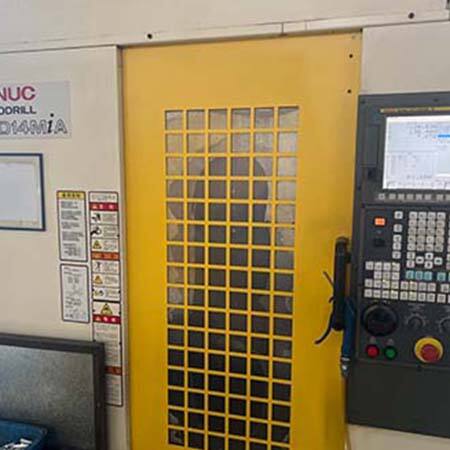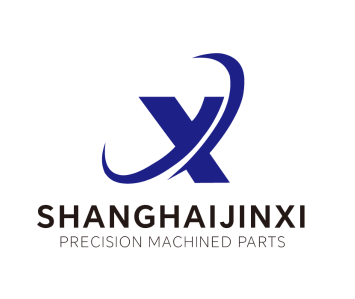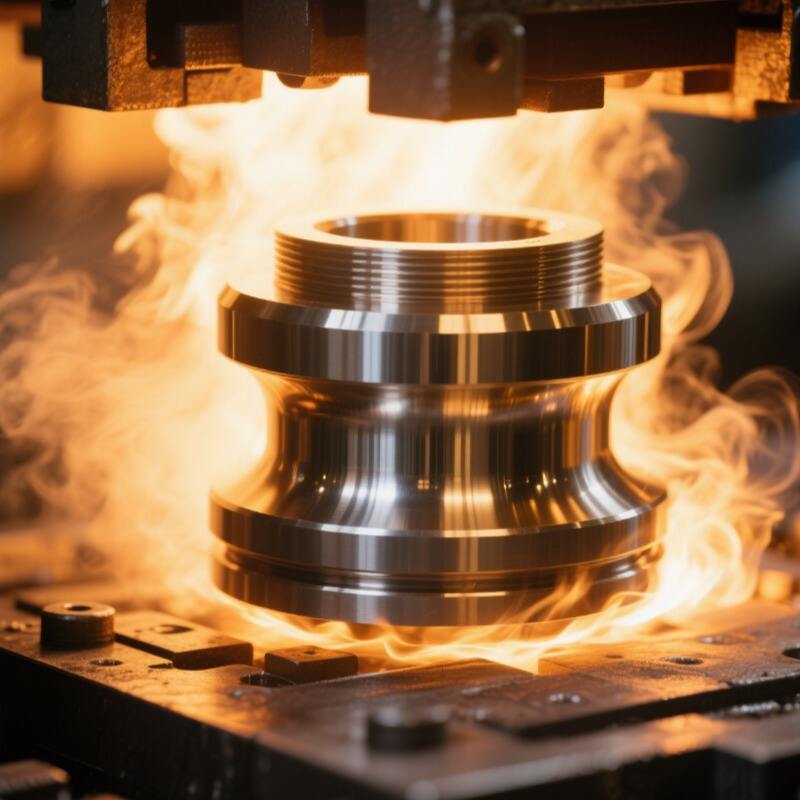Transforming Manufacturing Through Advanced CNC Parts Technology
The landscape of precision manufacturing continues to evolve rapidly, with CNC parts leading the charge in technological advancement. Modern manufacturing facilities worldwide are witnessing a revolutionary transformation in how they approach complex machining challenges, thanks to cutting-edge CNC parts and systems. These innovations are not just incremental improvements – they represent fundamental shifts in manufacturing capabilities, precision levels, and production efficiency.
The integration of sophisticated CNC parts has become instrumental in addressing long-standing manufacturing challenges, from achieving microscopic tolerances to handling increasingly complex geometries. As industries demand higher precision, faster turnaround times, and more sustainable production methods, the evolution of CNC parts technology continues to provide innovative solutions.
Next-Generation CNC Parts Features
Smart Sensing and Adaptive Control Systems
Modern CNC parts now incorporate advanced sensing technologies that continuously monitor cutting conditions, tool wear, and material variations in real-time. These smart components can detect the slightest deviations in machining parameters and automatically adjust their operation to maintain optimal performance. The integration of sensors within CNC parts has revolutionized how machines respond to changing conditions during the cutting process.
Adaptive control systems in contemporary CNC parts use sophisticated algorithms to analyze sensor data and make split-second adjustments. This capability ensures consistent quality even when working with materials of varying hardness or dealing with complex geometric features. The result is significantly reduced scrap rates and improved overall production efficiency.
Enhanced Thermal Stability Solutions
Temperature fluctuations have long been a critical challenge in precision machining. Latest CNC parts incorporate innovative thermal management systems that actively compensate for temperature-induced variations. These systems utilize advanced materials with superior thermal properties and intelligent cooling mechanisms to maintain dimensional stability throughout the machining process.
Some cutting-edge CNC parts now feature integrated temperature mapping and compensation algorithms that automatically adjust tool paths based on thermal conditions. This advancement ensures unprecedented accuracy even during extended machining operations where thermal drift traditionally posed significant challenges.

Advanced Materials in Modern CNC Parts
Composite and Hybrid Materials
The introduction of advanced composite materials in CNC parts has dramatically improved their performance characteristics. These materials combine the strength of traditional metals with the lightweight properties of modern composites, resulting in components that can operate at higher speeds while maintaining precision. The use of carbon fiber reinforced polymers and ceramic composites in certain CNC parts has enabled machines to achieve previously impossible levels of accuracy and speed.
Hybrid materials, which strategically combine different material properties in single components, are increasingly common in high-performance CNC parts. These innovations allow for optimized weight distribution, improved damping characteristics, and enhanced thermal stability – all crucial factors in precision machining.
Surface Treatment Innovations
Revolutionary surface treatment technologies are being applied to CNC parts to enhance their durability and performance. Advanced coating techniques, such as diamond-like carbon (DLC) coatings and nano-structured surface treatments, provide exceptional wear resistance and reduced friction. These treatments significantly extend the service life of CNC parts while maintaining precise tolerances over longer periods.
The latest surface modification techniques also contribute to improved thermal management and corrosion resistance. Some CNC parts now feature self-lubricating surfaces that reduce maintenance requirements and enhance operational efficiency.
Digital Integration and Smart Features
IoT Connectivity in CNC Parts
The Internet of Things (IoT) has revolutionized how CNC parts communicate and operate within manufacturing systems. Smart CNC parts now feature embedded sensors and communication modules that enable real-time monitoring and data collection. This connectivity allows for predictive maintenance, performance optimization, and seamless integration with manufacturing execution systems.
The data gathered from connected CNC parts provides valuable insights into machine performance, helping operators optimize cutting parameters and predict maintenance needs before failures occur. This level of digital integration has transformed traditional machining operations into smart manufacturing processes.
AI-Powered Optimization
Artificial Intelligence has become an integral part of modern CNC parts design and operation. AI algorithms analyze operational data to optimize cutting parameters, tool paths, and maintenance schedules automatically. This capability enables CNC machines to achieve higher levels of autonomous operation while maintaining exceptional precision and efficiency.
Machine learning systems integrated into CNC parts can identify patterns and relationships that human operators might miss, leading to continuous improvements in machining processes. These systems can predict tool wear, optimize cutting speeds, and suggest process improvements based on historical performance data.
Sustainability and Energy Efficiency
Energy-Optimized Components
Modern CNC parts are designed with energy efficiency as a primary consideration. Advanced motor designs, regenerative systems, and intelligent power management features help reduce energy consumption without compromising performance. These innovations not only lower operational costs but also contribute to more sustainable manufacturing practices.
The latest generation of CNC parts incorporates energy recovery systems that capture and reuse kinetic energy from braking and deceleration. This approach significantly reduces overall power consumption while maintaining high performance standards.
Sustainable Manufacturing Processes
The manufacturing of CNC parts themselves has become more environmentally conscious. New production methods minimize material waste, reduce harmful emissions, and utilize recycled materials where possible. Advanced manufacturing techniques, such as additive manufacturing combined with traditional machining, enable the production of optimized components with reduced material waste.
Manufacturers are increasingly adopting circular economy principles in the design and production of CNC parts, focusing on recyclability and end-of-life considerations. This approach ensures that modern CNC components contribute to sustainable manufacturing practices throughout their lifecycle.
Frequently Asked Questions
How do smart CNC parts improve machining accuracy?
Smart CNC parts utilize integrated sensors and adaptive control systems to monitor and adjust machining parameters in real-time. These components can detect and compensate for variations in cutting conditions, material properties, and environmental factors, ensuring consistent accuracy throughout the machining process.
What makes modern CNC parts more energy-efficient?
Contemporary CNC parts incorporate advanced motor designs, regenerative systems, and intelligent power management features. These innovations optimize energy consumption by recovering kinetic energy, reducing waste heat, and maintaining peak efficiency during operation.
How do IoT-enabled CNC parts benefit manufacturing operations?
IoT-enabled CNC parts provide real-time monitoring capabilities, enabling predictive maintenance, performance optimization, and seamless integration with manufacturing systems. This connectivity allows for data-driven decision-making, improved efficiency, and reduced downtime through early problem detection.

